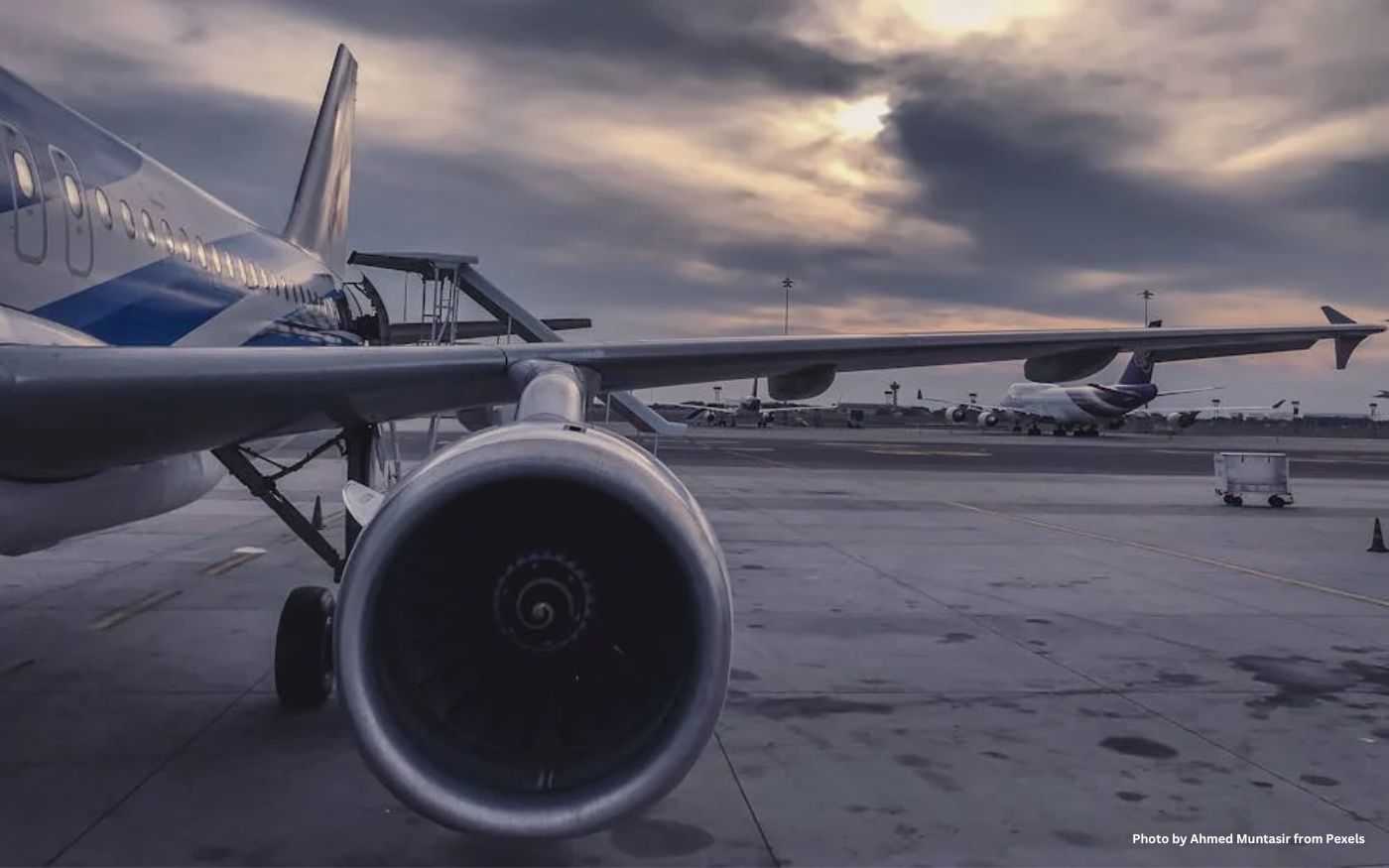Research by: Michael Dorosana, Damian Dailisan, Jesus Felix Valenzuela & Christopher P. Monterola
EXECUTIVE SUMMARY
The global trend towards urbanization predicts that, in the near future, nearly 68% of the world’s population will inhabit cities, as stated by the United Nations Department of Economic and Social Affairs. As urban landscapes change, so does the importance of efficient and sustainable public transportation systems. The term “smart cities” has been introduced as a potential solution, though its exact definition remains elusive. Generally, it involves the integration of advanced technologies, such as IoT sensors, to gather and process real-time data for urban management.
Yet, there’s a notable gap in urbanization research, with much emphasis placed on developed cities due to their more accessible data. This leaves developing cities, which also face rapid urbanization challenges, underrepresented. Our study bridges this gap, focusing on predicting public vehicle speeds in relation to land use patterns in emerging cities, using Cauayan City and Baguio City, Philippines, as case studies. We employed machine learning techniques, specifically gradient-boosting tree models, considering factors like road properties, time, and land use. The most effective model encompassed road, time, and land use details within a 50 to 1000 m radius, achieving an error rate of 6.61 kph. While some factors’ importance fluctuated across different model iterations, the major predictors remained consistent.
Our approach to urban analysis, grounded in interpretable machine learning, offers dual advantages. First, it equips city planners with a predictive tool for effective traffic management while simultaneously shedding light on key congestion factors. Secondly, given the intricate nature of urban traffic scenarios, our flexible framework can seamlessly incorporate other influential elements as more data becomes available. This holistic method allows for a better understanding and management of transportation dynamics in rapidly urbanizing cities, especially in developing nations.
To cite this article: Dorosan, M., Dailisan, D., Valenzuela, J.F., & Monterola, C. P. (2023). Use of machine learning in understanding transport dynamics of land use and public transportation in a developing city. Cities, 114, 104587. https://doi.org/10.1016/j.cities.2023.104587
To access this article: https://doi.org/10.1016/j.cities.2023.104587
About the Journal
Cities publishes articles on many aspects of urban planning and policy. It distinguishes itself by providing an international and interdisciplinary platform for the exchange of ideas and information among urban planners, policy makers and analysts, and urbanists from all disciplines.
Journal ranking
| Chartered Association of Business Schools Academic Journal Guide 2021 | ABS2 |
| Scimago Journal & Country Rank | SJR h-index: 114
SJR 2022: 1.72 |
| Scopus | Cite Score 2022: 10.4 |
| Australian Business Deans Council Journal List | Not ranked in ABDC |
| Journal Citation Reports (Clarivate) | JCI 2022: 2.07
Impact factor: 6.7 |





